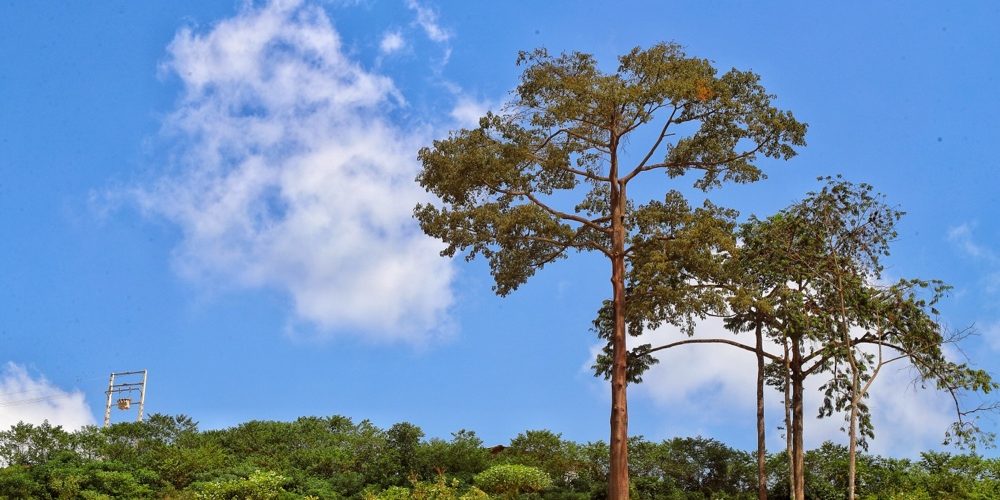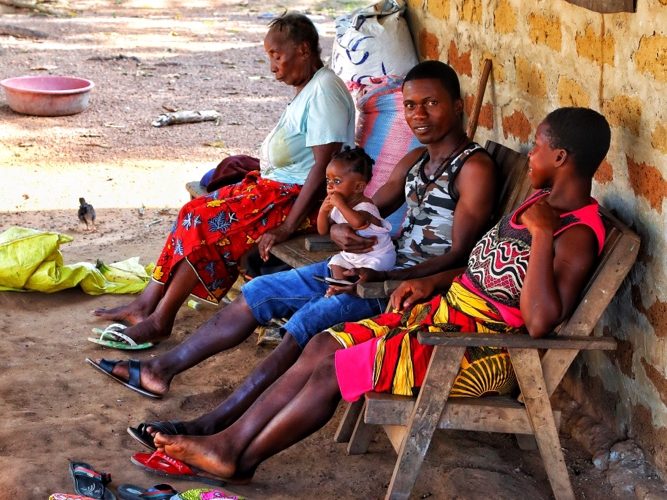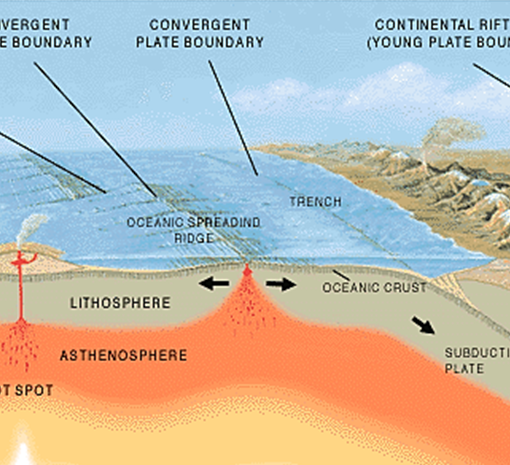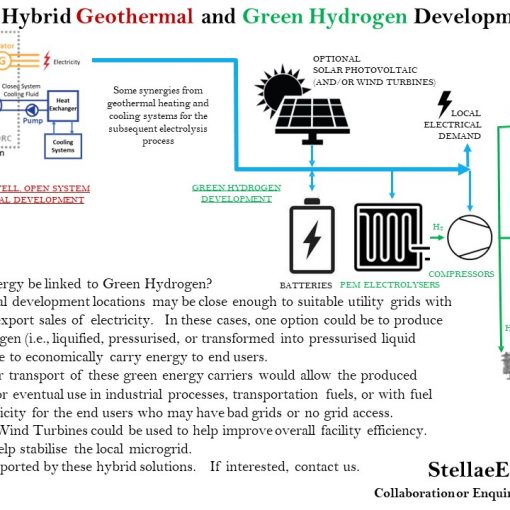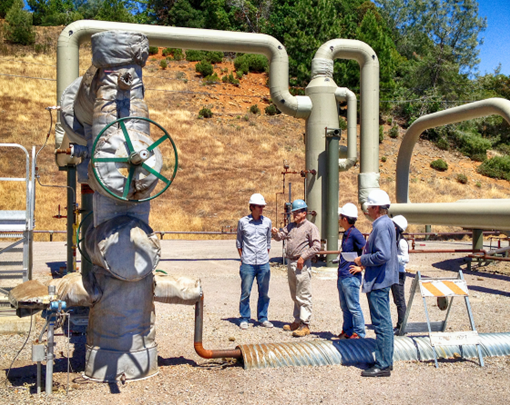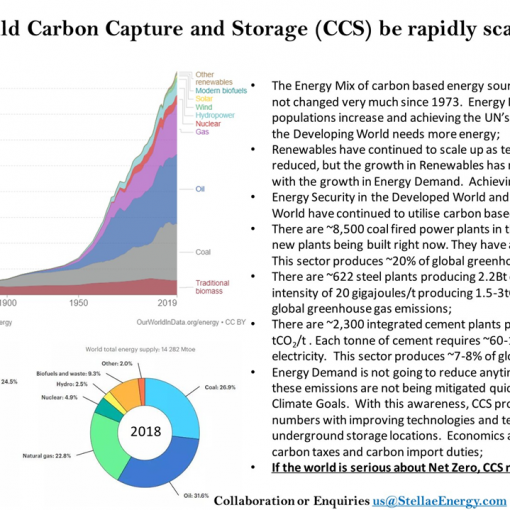There are important ways we can all support the Energy Transition and a good way to begin is to review what this means. Without getting into a range of diverging views, various technical entities have attributed a significant portion of Climate Change to our world’s reliance on carbon intensive fuels and industries. Decarbonisation has been targeted socially and increasingly through regulatory channels. A balance between expansion of decarbonisation and increased integration of renewables is generally being progressed. But some renewables have the challenge of intermittency (i.e. reduced solar radiation or wind during periods of time) so some combination of hydrocarbon fuels, renewables, and energy storage is likely for the next 20-30 years in an Energy Transition. Different regions of the world will be on different points of the Energy Transition curve.
The so-called Developed World is progressing faster along this transition than the so-called Developing or Underdeveloped Worlds. A significant amount of the world population is without electricity access and have to rely on burning charcoal, wood, or dung in their homes for cooking and warmth, which can cause infant mortality and respiratory illnesses. Siemens has a quote based on IEA statistics: “Billions take it for granted. But access to electricity can create or crush the aspirations of people, even nations. It’s what divides developed and developing countries, with about 850 million people still living without it.”[1] Other estimates of people without electricity are between 1.0-1.2 billion. The map below shows the clear challenge in Africa where almost 600 million people in this region are living without electricity. Supporting the Energy Transition can involve increases in energy efficiencies, eliminating greenhouse gas emissions and leakages, and using existing natural resources in some countries combined with renewables and energy storage in hybrid schemes. Not all countries will be able to progress as rapidly as others.

In Africa, rural populations are particularly without electricity, living far away from any central or industrial grids:

And even in African countries with electrical access, the statistics for outages due to grid instability are significant. A survey in Nigeria revealed that a majority of Nigeria tech firms suffered 30 or more power outages per month[3]. The World Bank published data on “Power outages in firms in a typical month (number) – Sub-Saharan Africa” where the average was almost 9 times per month, but individual countries ranged up to 32.8 (Nigeria).[4] The lack of reliable grid electricity hurts economic development and therefore impairs the ability to improve living standards.

The access to clean drinking water is also well correlated to lack of electricity and is a serious health risk for almost 780 million people[5]:

Lack of access to clean drinking water is then usually linked to lack of access to improved sanitation which affects an estimated 2.5 billion people (35% of the world’s population). These serious statistics help put the Energy Transition in perspective, but they are also an opportunity for the right types of solutions. Distributed power generation facilities are a potential solution for remote locations where national grids do not reach or are unreliable. Distributed power generation as part of hybrid microgrids can significantly help improved access to electricity and then improved clean water and sanitation.
Distributed power generation has the ability to produce electricity from multiple sources. In some countries with domestic hydrocarbon resources, the use of liquid hydrocarbons may already be common including heavy fuel oil (HFO) and diesel. Gas is typically an underutilised resource in many countries due to the lack of long distance pipeline infrastructure. We need to try to replace the carbon intensive and expensive HFO and diesel fuels with gas as part of the bridge to further Energy Transition.
Natural gas is usually transported through pipelines, but other means such as converting it into Liquified Natural Gas (LNG) are used for large volumes. Smaller volumes are being transported with Compressed Natural Gas (CNG). The production and transportation costs of LNG can be significant, but the energy density is greater than simply being compressed and therefore larger quantities can be transported economically. Transport of LNG is possible through tanker trailers on land or shuttle vessels on water. CNG is able to be transported by special trailers on land or special transport vessels on water.
Natural gas may have natural gas liquids (NGL) able to be processed into LPG’s which are able to be readily transported as butane, propane, or some mixture. Crude oil when refined also produces LPG’s. LPG has a higher energy density than gas. LPG power generation is a well proven technology that is environmentally cleaner than burning HFO or diesel for power generation. Combining LPG power generation with renewables is a very attractive solution to balance controllable and non-controllable generation capability. Adding the capability of energy storage would typically allow the percentage of time (or amount) of controllable LPG power generation to be reduced by having controllable energy storage fill-in for shortages from non-controllable solar and/or wind power.

Hydrogen is another alternative for energy and its carbon footprint is sensitive to the method of production (i.e. brown, grey, blue, turquoise, and green hydrogen). Hydrogen combusts with only the discharge of small amounts of water, so it is very clean burning. Using hydrogen fuel cells is similarly clean. The energy density is lowest (by volume) among all the fuel options, but high pressure storage and transport is currently in use worldwide. Hydrogen production was discussed in a previous post and the Upstream industry is well suited to participate in the production processes including green hydrogen.
Some of the hydrogen pathways are shown below:

Hybrid microgrids are very appealing transitional solutions for remote communities and industrial facilities. Microgrids are increasing in use in many locations, but not all locations have the necessary consistent levels of solar radiation or wind speeds necessary without larger installed nominal capacity and energy storage (to account for reduced efficiency). Some equatorial regions in South America and West and Central Africa are challenged by seasonal rainfall and clouds. Some areas of West Africa also experience seasonal dust clouds from Saharan dust that can reduce solar radiation.
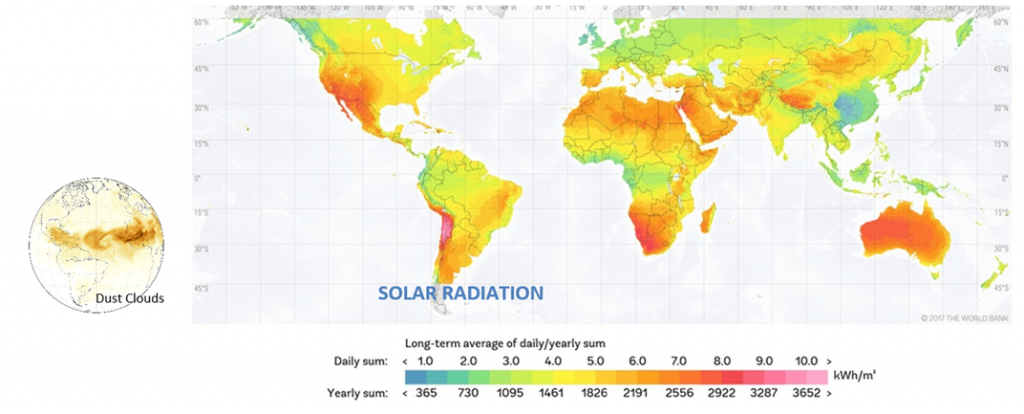
Aside from local anomalies (i.e. elevated topography, coastal winds, and seasonal frontal winds), average wind speeds across large areas tend to show there are favourable and less favourable locations for wind farms. Coastal and offshore locations in the Northern Hemisphere are quite fortunate. But large parts of Sub-Saharan Africa may not be suitable enough for wind to play a material part in microgrids. South Africa and Namibia may be exceptions.

So it is likely that many locations may require some form of hybrid microgrid with power generation from several sources: (1) engine or turbine driven generators (with fuels including HFO, diesel, LPG, gas, biomass); (2) solar PV panels; (3) wind turbines; and (4) fuel cells. Energy storage (Battery Energy Storage System – BESS or Energy Storage System – ESS) will help make the solution be economic and storage media could include: (1) lead acid batteries; (2) lithium ion batteries; (3) flow batteries; or (4) hydrogen (produced when there is excess electricity, stored, then used with fuel cells for energy when renewables are intermittent or unavailable).

Each one of these hybrid microgrid component systems will be covered in more detail in subsequent posts. Based on the particular environmental characteristics of Sub-Saharan Africa, this solution seems a very applicable way to take advantage of the existing local hydrocarbon resources while at the same time making scalable progress on the Energy Transition. Scalable progress means that renewable components can be increased over time to take an increasing share of the energy load. And the microgrid itself could eventually be interconnected to national electric grids where applicable to offer economic benefits to both the microgrid and national grid.
A particular challenge of remote rural locations is the affordability of private home connections which could be $800-$1,000/home (plus regular electricity charges) which exceeds the cost of some home Solar PV systems[6]. Home Solar systems in Africa are typically available from 10W (Starter[7]) up to 40W (Basic[8]) and cost from $200 to $800 (payable with deposit and periodic small payments up to 30 months through mobile phone money which keeps the system unlocked[9]). The economics for a rural family may be too much for a microgrid connection and the flexible home system may be the best initial solution, but does not necessarily address the challenges of clean water and improved sanitation. Small businesses and manufacturing enterprises with higher power demands will be more suitable for microgrids and there may be the possibility to leverage business power into adjacent home power systems. Given the health issues of burning charcoal, wood, or dung inside homes, we need to continue to work to reduce costs and affordability of electrical access to improve living standards for everybody. Hybrid microgrids should also have better grid stability which is needed for modern, connected businesses. Better living standards including access to clean water and improved sanitation need community solutions which need the power that a microgrid can supply.
The World Economic Forum, Strategic Intelligence, Future of Energy website states: “Energy consumption and production account for about two-thirds of global greenhouse gas emissions, and 81% of the global energy mix is still based on fossil fuels – the same percentage as 30 years ago. A transition to a more inclusive, sustainable, affordable, and secure global energy system that addresses global challenges while creating value is needed. This must be done without upsetting the balance of the “energy triangle”: security and access; environmental sustainability; and economic development and growth.”[10] The Upstream industry is well positioned to help the Energy Transition. Local Upstream companies in Africa can help their communities gain electricity access as well as begin moving along a sustainable path to a better environment with increasing renewables usage over time.
[1] https://new.siemens.com/global/en/company/topic-areas/energy-transition.html
[2] https://www.visualcapitalist.com/mapped-billion-people-without-access-to-electricity/
[3] https://www.cgdev.org/blog/how-tough-it-be-tech-entrepreneur-nigeria-results-from-new-survey
[4] https://data.worldbank.org/indicator/IC.ELC.OUTG?end=2019&locations=ZG&start=2019&view=chart
[5]https://www.cdc.gov/healthywater/global/wash_statistics.html#:~:text=Worldwide%2C%20780%20million%20people%20do,world%27s%20population)%201%2C%203.
[6] https://medium.com/power-africa/rethinking-the-cost-of-off-grid-power-lets-do-the-math-1e31bddb1240
[7] https://www.engineeringforchange.org/solutions/product/readypay-10w-home-starter-kit/
[8] https://www.lightingglobal.org/wp-content/uploads/2020/07/Spec_Book_Fenix-Power-Family-v1.pdf

